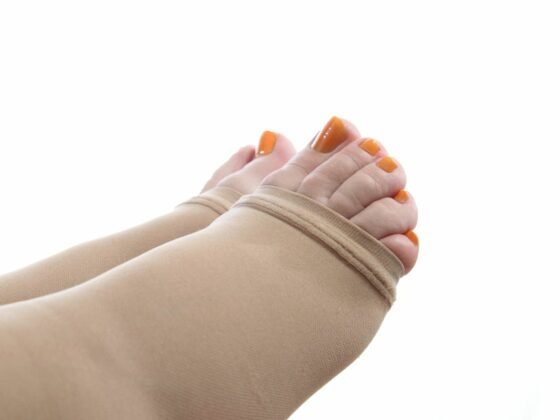Chronic pain is an invisible disability that affects those afflicted every day. Though there’s less support for it than many other health conditions, chronic pain affects 51 Million Americans (over 20 percent of adults), and of those, 17 million have high-impact chronic pain. With numbers that high, it’s unsurprising that over 10 million people misuse opioids annually. So, this month, we’re spotlighting the importance of pain management.
Drug Misuse and Overuse
 75 % of drug overdose deaths are from opioid use. But it’s easy to understand how people can get hooked when they’re in chronic pain. And while we can say that we shouldn’t prescribe opioids, it’s not that simple. When pain is bad enough, it can ruin your life.
75 % of drug overdose deaths are from opioid use. But it’s easy to understand how people can get hooked when they’re in chronic pain. And while we can say that we shouldn’t prescribe opioids, it’s not that simple. When pain is bad enough, it can ruin your life.
Many have written volumes on how we got to this place of overprescription, so we won’t go too far into it now, but suffice it to say, there are conditions where opioid use makes sense, and those are best determined between a patient, their loved ones, and their doctors.
But for those with long-term chronic pain, pain management has other methods to turn toward to help them deal with the pain with a lower risk of addiction. These treatments aren’t for everyone, but for those who can benefit from them, the difference can be life-changing!
Physical Therapy
For some chronic pain, physical therapy can be part of the pain management treatment. This is particularly true if the chronic pain is the result of an injury or if learning to move the body differently can alleviate pressure, such as in situations where posture is a factor in pain. Like all pain management, you should check with your doctor to see if this treatment is right for you.
Mind Body Techniques
Techniques like meditation, tai chi, and yoga can be invaluable in aiding pain management, dealing with existing pain, and alleviating it. Not only is moving the body helpful, but stress often contributes to physical pain, whether through muscle tension, lack of sleep, inflammation, or other reasons.
Anodyne Therapy
Since much of pain is caused by inflammation, treating inflammation is often a great way to reduce or relieve pain. ADL sells anodyne therapy machines to aid in your pain management plans.
Anodyne therapy focuses infrared light on the parts of your body that are most inflamed. It’s FDA-cleared for pain management treatments.
Compression and Lymphedema Pumps

Another significant factor in chronic pain is poor circulation. Frequently, as we age or after an injury, our circulation deteriorates. This can lead to fluid build-up and swelling. Often, the best way to deal with that is to increase circulation and move the lymph through the body.
As part of our pain management offerings, we offer compression stockings and lymphedema pumps to improve circulation. Massage and suitable types of physical activities can also help.
Other Pain Management Methods
There are many ways to manage pain; not every method works for every patient. Sometimes, patients will need a combination of techniques or must move from one to another if one becomes ineffective.
While opioids can be the proper treatment in certain circumstances, most doctors feel they are best used in the short term. Other medications like acetaminophen and NSAIDs may be better for long-term usage, along with other pain management, like exercise and the ones we discussed in the blog above.
Call ADL to see if we can help you with your pain management in Roanoke and beyond.
